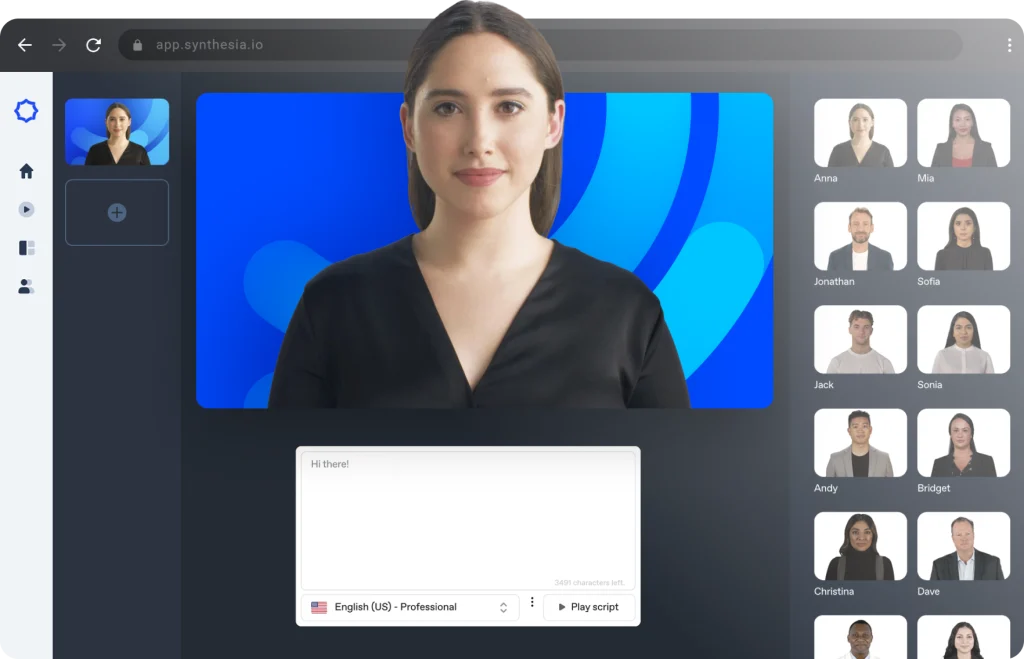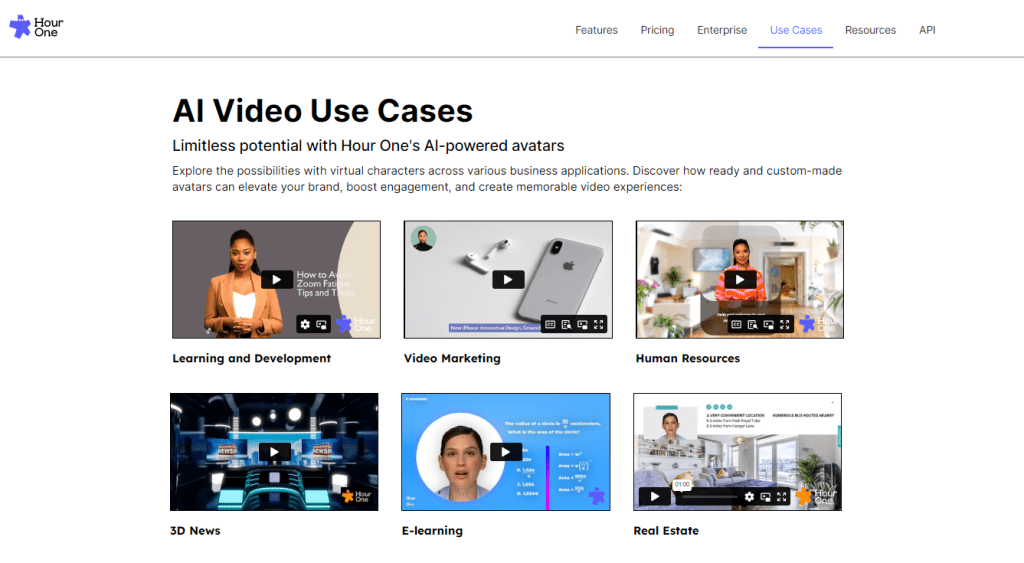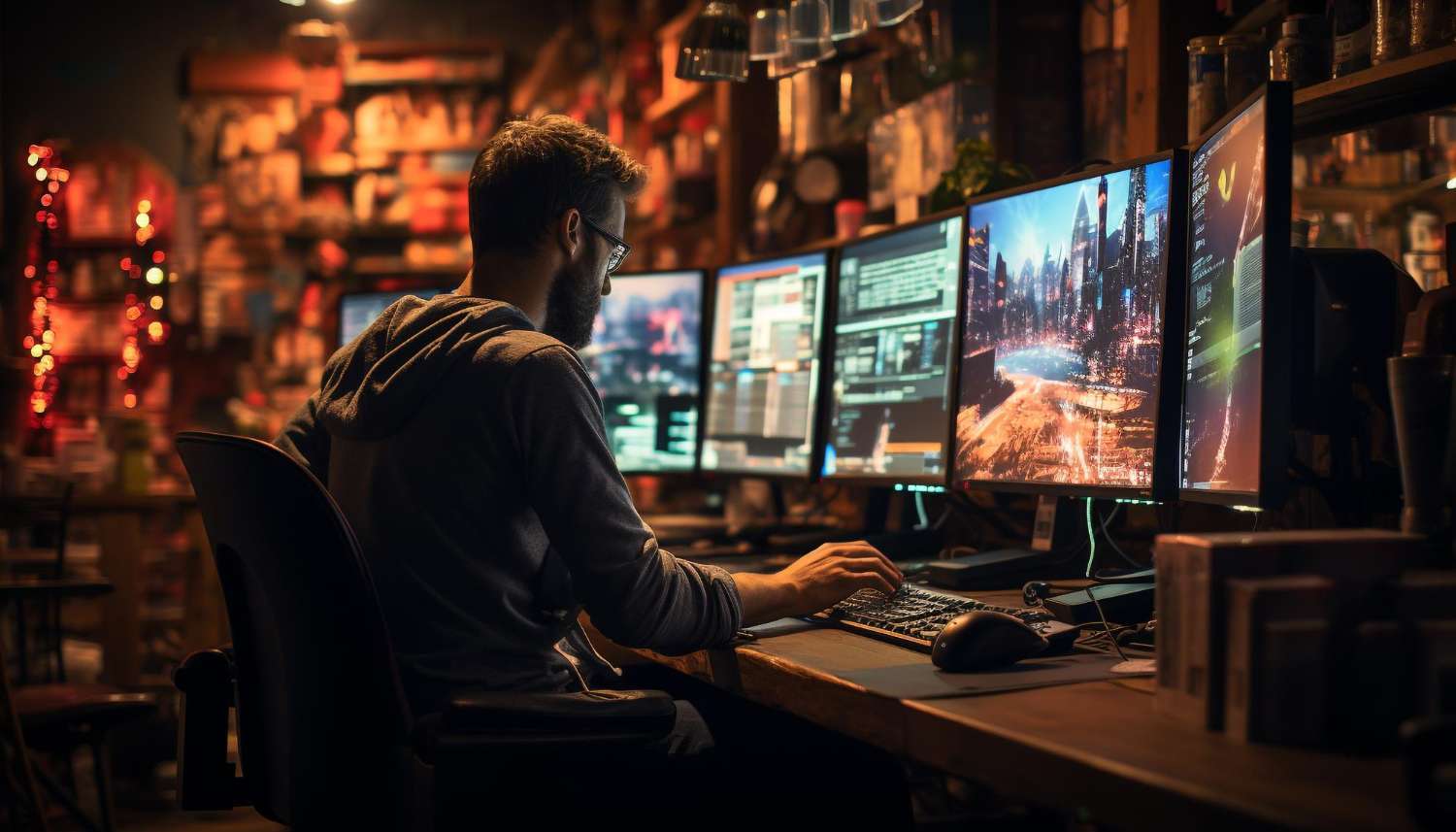Creating engaging, high-quality video content has traditionally been a time-consuming and expensive process. But thanks to advancements in Artificial Intelligence, a new paradigm is starting to emerge. Now, the art of video content creation is experiencing a tectonic shift as a new set of tools enters the stage 🎞📽. Prominent among these are Synthesia and Hour One, tools that prove to be game-changers in streamlining content creation.
Working through constraints of budget and resources, learning to utilize these tools is a crucial skill in the modern content creation landscape.
Summary
- Understanding AI-Generated Videos
- Decoding Synthesia
- Navigating Hour One
- Practical applications of AI in Video Production
Understanding AI-Generated Videos
The rise of AI in various sectors has opened up new methods of creating and sharing video content. Consequently, AI-generated videos, as the term implies, refer to videos created largely by Artificial Intelligence.
Video production, traditionally, involves scriptwriting, filming, video editing, and so on. However, with AI-generated videos, much of the process is automated, saving time and effort.
One clear example of this is visible in YouTube’s automatic captioning system. This system utilizes speech recognition technologies, showcasing the significant power of AI in video content creation.
Components of AI in Video Production
AI plays various roles in video production including content generation, editing, and even voiceover production. AI systems can convert scripts into voiceovers, add effects, and produce short animation, all without human intervention.
Many video editing software like Adobe’s Premiere Pro now incorporate AI for color matching and scene editing, to name a few. This points towards a future where AI could further assist creators and producers.
Advantages of AI in Video Production
AI not only speeds up the video production process but also improves the quality of the final output. With AI, video production becomes less resource-intensive, thus making it more accessible and affordable.
According to an eMarketer survey, businesses that used AI in their video marketing saw a 59% improvement in customer engagement scores. This demonstrates the potential benefit of AI in the ever-growing digital marketing sphere.
Challenges in AI Video Production
Despite all the advantages, there are still a few hurdles to overcome. One of the major challenges is ensuring that the AI-generated content maintains a human touch and does not appear overly mechanical.
Amazon’s attempts to automate TV show pilot creation using AI scripts fell flat, showcasing potential issues with maintaining human relatability in AI-generated videos.
Decoding Synthesia

Synthesia is an AI-driven platform that aids in video production, creating professional videos swiftly and affordably. Its technology enables text scripts to be turned into videos using virtual characters.
This platform simplifies video creation by turning a simple line of text into a video. You enter your script, choose a virtual presenter and the language for voiceover, and wait as Synthesia converts it into high-quality video content.
For instance, educational platforms use Synthesia to convert text-based lessons into engaging video content, enhancing the learning process.
Features of Synthesia
Synthesia boasts a plethora of useful features like multi-language support, allowing content to be generated in over 120 languages. Additionally, it comes with pre-built video templates and enables users to create custom characters, streamlining the content creation process.
Taking WeWork’s example, the company used Synthesia to create 10 hours of video content in just 20 minutes, highlighting the efficiency of the platform.
Advantages of using Synthesia
Integrating Synthesia into your content creation strategy can help cut down the video production time drastically. On average, users can reduce their video creation time by 90%.
A survey conducted by the World Economic Forum in 2020 found that 84% of respondents saved significant time and resources by shifting their video production to Synthesia.
Limitations of Synthesia
While Synthesia has many strengths, it’s not suitable for every kind of video requirement. The avatars, despite their highly advanced programming, can sometimes appear less authentic on larger screens or have extensive use in customer-facing content.
The feedback received from early adopters of AI-generated videos has urged Synthesia to work on making their avatars more believable and emotionally engaging.
Navigating Hour One

Like Synthesia, Hour One is a platform that employs cutting-edge AI technology to create lifelike digital characters for video content. It works effectively in automating content production.
Hour One uses Generative Adversarial Networks (GANs), a subtype of AI that trains computers to replicate human behavior, speech, and appearance. Using AI, Hour One can convert written scripts into intriguing video content with just a few clicks.
Features and Benefits of Using Hour One
Similar to Synthesia, Hour One offers a wide range of virtual characters to choose from. Additionally, users have the option of creating personalized digital versions of themselves to use as virtual presenters.
Hour One’s main advantage lies in its capacity to produce top-notch, persuasive AI characters that enhance the quality of presentations and other video materials.
Constraints of Hour One
Albeit ultra-realistic, the characters created with Hour One can sometimes fail to convey the same nuance and emotional depth as a human presenter. This can limit its effectiveness in certain contexts or audiences.
Practical applications of AI in Video Production
Utilizing AI in video production unlocks a multitude of possibilities. Let’s explore some practical ways in which these tools are making a significant impact:
Corporate Training
Companies can use AI software to create engaging training videos without needing third-party input, allowing for cost-efficient and faster training processes.
For instance, Deloitte used AI-based video creation tools to develop cybersecurity training videos for their employees which led to a significant increase in the training completion rate.
Educational Content
Educative platforms can use AI to bring textbooks to life or summarise lengthy articles into short, engaging videos. This enhances the learning experience, especially with complex or theory-heavy subjects.
The BBC has adopted AI-generated video content in its Bitesize educational platform to facilitate engaging e-learning experiences for individual learners.
Marketing and Advertising
AI helps create captivating video ads or promotional content, enhancing brand recognition and reach. By choosing characters that align with your brand image, AI gives an edge to your promotional strategy.
BMW leveraged AI-generated videos to showcase their new car models, taking their marketing strategy to the next level of creativity and reach.
News Reporting
Global media outlets are increasingly using AI for generating digital news anchors, delivering real-time news 24/7 without human supervision.
China’s Xinhua News Agency introduced an AI news anchor back in 2018, marking a significant shift in the landscape of journalism.
Conclusion
The possibilities for AI-generated video content are vast and promising. Platforms like Synthesia and Hour One present opportunities for streamlining content creation processes and unlocking avenues for efficient, cost-effective video production.
While the technology is still evolving, and certain limitations remain, the benefits largely outweigh the challenges. Learning to use these tools effectively could very well redefine the approach to content creation and offer a competitive edge in the demanding world of digital content.
- Analyzing Patterns in Failed Products - July 25, 2024
- Hybrid Cryptographic Systems - July 24, 2024
- Inadequate Threat Intelligence Integration - July 23, 2024
